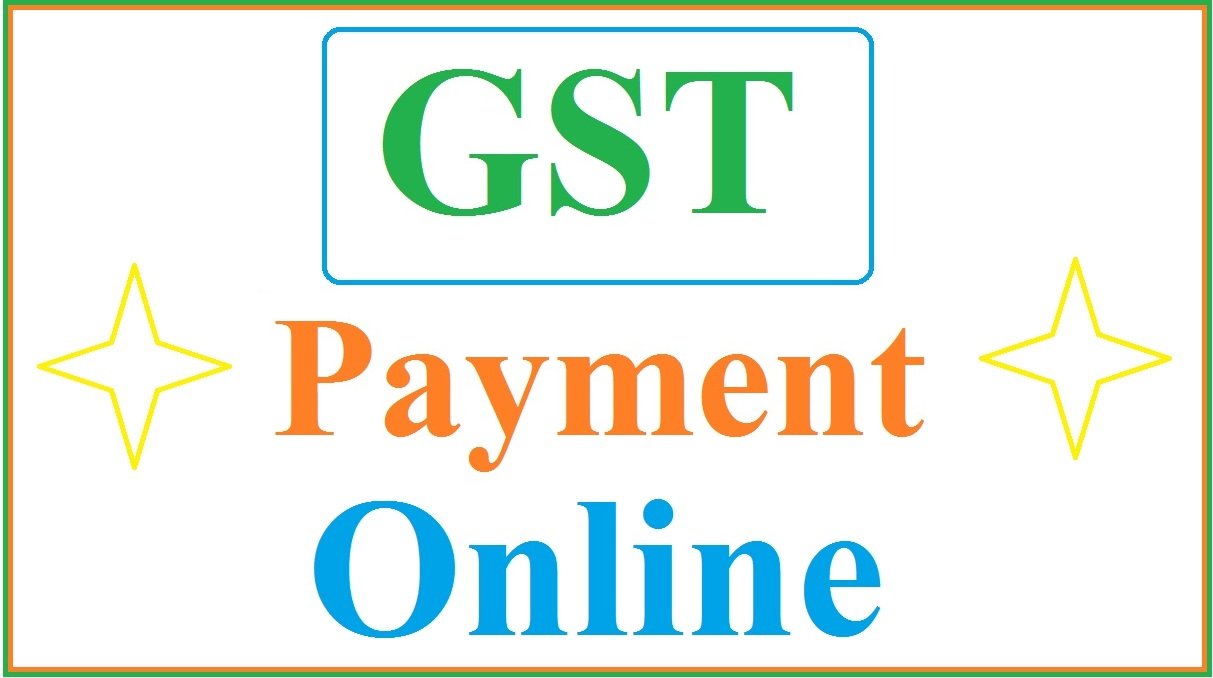The GST Payment Online : How to Pay GST Payment online, Types of GST. How to pay gst challan online without login 2025 at https://www.gst.gov.in.
GST Payment Online
Business entrepreneurs and self-employed professionals are committed at a particular time of the year, where they have to pay their taxes. They have to compile and calculate every penny that belongs to the revenue tax department. Business owners and individuals dealing with purchasing and supply business of goods and services.
They should file GST where each payment is different according to the company. First, they have to register their business under the GST then make payments when applicable.

GST Payments for Business Owners
The GST system has three different forms according to the type of transaction an individual or business makes.
IGST
Integrated GST (IGST) these type is levied when the supply of goods and services is done between states.
CGST
This type is known as central GST; it is levied directly by the central government for goods and services within the state.
SGST
The particular state government levies the state GST for goods and services within the state.
Eligibility Criteria
- Businesses or individuals registered under the GST and have taxable supplies under the GST.
- If you’re already registered under the GST and are required to pay taxes under the reverse charge mechanism (RCM).
- An E-commerce operator already registered under the GST and have specific categories of supplies registered under GST.
- E-commerce operators registered under the GST, and you’re eligible to collect tax (TCS).
- Persons registered under the GST and should deduct tax (TDS).
GST Online Payment
How to make GST Payments?
There are two to make GST payments online method and offline payment. For the online payment, one can use the NEFT/RTGS or net banking process to complete GST fillings.
Online payment of GST using Net banking: Businesses or people registered for GST tax payment can pay from anywhere in the country using Net banking services. Use your personal or corporate account to complete the process.
- Log in to the official GST portal https://www.gst.gov.in/
- On the homepage, enter the username and password to proceed.
- On the GST page, select the tab services>payments>create challan options. Enter all the required details, then continue.
- For challans already created, click the following options: services>payments>saved challan.
- Next, select the payment mode from the menu:
- E-payment
- NEFT/RTGS
- Over the counter.
- Select the first option E-payment.
- Now click the option to generate challan after filling in all details.
- Proceed and select the mode of E-payment as Net banking
- First, select the bank through which you want to make payment.
- Read the terms and conditions and click on the checkbox to agree.
- Now select the tab make payment.
- Login to your net banking using the bank credentials and make the payment.
- The portal will display the payment status once the process is complete. The applicant can download the challan for reference.
GST Payment Online Using NEFT/RTGS
Detailed procedure on GST Payment Online Using NEFT/RTGS
- Go to the GST website portal www.gst.gov.in , enter your username and password then proceed.
- On the menu go to the following details: services>payments>challan history.
- Select the tab challan number CPIN then download the challan.
- Now add the beneficiary details: account number and IFSC code (meaning the challan should be added as the beneficiary)
- After adding the challan as the beneficiary, transfer the challan amount through the NEFT/RTGS to the beneficiary added on the list.
- The amount will reflect in the GST within 2-3 working hours.
- The page will now display the payment status on the page. Download and take a print out for reference.
GST Payment Through Over The Counter
Step by step procedure for GST Payment Through Over The Counter
- On the GST official website www.gst.gov.in
- Enter your login details and directly go to the payment mode section.
- Click on the option over the counter payment.
- Next, select the name of the bank where the money will be deposited.
- Now select the payment instrument to use either cash, cheque, or demand draft.
- Go to the tab generate challan button, and the system will generate the document.
- The applicant can download and take a printout, visit the selected bank to complete the process.
- Now pay using the said instrument cash, cheque, or demand draft within the days stated on the challan.
GST Payment Using NEFT/RTGS Over The Counter Process
Step by step for GST Payment Using NEFT/RTGS Over Counter Process
- Go to the GST login portal www.gst.gov.in.
- Use the login details: username and password to log in.
- Directly go to the payment mode and click on NEFT/RTGS payment mode.
- Next, go to the remitting bank list and click the bank dispatching the money.
- Select the option to generate challan, take a printout of the challan then visit the select the bank.
- The system will produce the mandate form along with the challan.
- Pay using cheque using your account from the selected bank or use the account transfer facility.
- The bank will process the details, and the RBI will also confirm the transactions within 2 working hours.
- Once the process is done, the payment will be updated on the electronic cash ledger in respective minor or major heads.
FAQs
Who is eligible to pay GST?
All people or businesses registered as taxpayers should pay their GST during the set timeline.
Can I pay for GST through physical/manual challan?
No, physical or manual challans are not accepted for GST payment. All payments are done online or using challans generated from the GST website.
What are the modes of GST payment?
The GST liability can be paid using the following modes: 1) Net banking or e-banking 2) NEFT/RTGS 3) Over the counter at the respective bank branch.